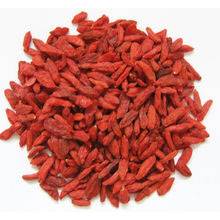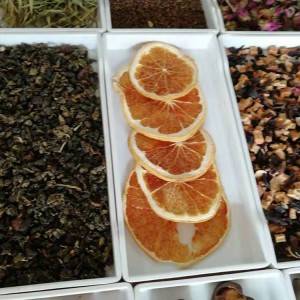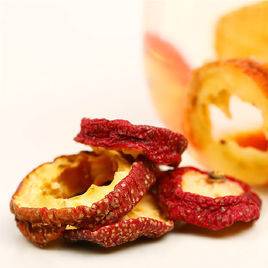Chinese Wolfberry
HEBEI HEX IMP. & EXP. COMPANY takes great care in selecting the herbs and herbal products. also Has own pollution-free planting base and manufacturer on the processing of traditional Chinese medicine (TCM). These herbs and herbal products have been exported to many countries such as Japan, Korea, the USA, Africa and etc.
Safety, effectiveness, tradition, science, and professionalism are the values that HEX believes in and guarantees to the customers.
HEX selects manufacturers carefully and constantly monitor the quality control processes for our products.
Chinese wolfberry:
Nourish liver, Nourish Kidney, moisten lung. LYCIUM barbarum leaves: tonify deficiency and benefit essence, clear away heat and clear eyesight.
Lycium barbarum is a plant of Solanaceae and Lycium barbarum. Lycium barbarum is a collective name for the species of Lycium barbarum such as commercial wolfberry, plant Ningxia wolfberry and Chinese wolfberry. The wolfberry that people eat and medicinal daily is mostly the fruit of Ningxia wolfberry, “Lycium barbarum”, and Ningxia wolfberry is the only species included in the “2010 Chinese Pharmacopoeia”.
Ningxia wolfberry has the largest cultivation area in China, mainly distributed in Northwest China. The common varieties in other regions are Chinese wolfberry and its varieties. Ningxia Zhongning Lycium barbarum was awarded the National Climate Label for Agricultural Product Climate Quality.
If “Lycium barbarum” refers to the commodity “Lycium barbarum”, it basically refers to the dried and mature fruit of Ningxia wolfberry; if “Lycium barbarum” refers to wild wolfberry plants in regions other than the northwest, it basically refers to the plant wolfberry or northern wolfberry.
Chinese Lycium barbarum is a multi-branched shrub, 0.5-1 meters high, up to more than 2 meters when cultivated; the branches are thin, arcuately curved or drooping, light gray, with longitudinal stripes, thorns 0.5-2 cm long, leafy and flowery The spines are long, and the tip of the branchlets is sharp and spiny. The leaves are paper or cultivated and slightly thicker, with single leaves alternate or 2-4 clusters, ovate, ovate diamond, oblong, ovate-lanceolate, sharply pointed at the tip, wedge-shaped at the base, 1.5-5 cm long, The width is 0.5-2.5 cm, and the growers are larger, up to 10 cm long and 4 cm wide; the petiole is 0.4-1 cm long.
The flowers are solitary or twin on the leaf axils on the long branches, and clustered on the same leaves on the short branches; the pedicel is 1-2 cm long and thickens toward the top. The calyx is 3-4 mm long, usually 3-lobed or 4-5-lobed, and the lobes are somewhat ciliate; the corolla is funnel-shaped, 9-12 mm long, lavender, the tube expands suddenly upward, slightly shorter than or almost equal to the eaves Lobes, 5-parted, lobes ovate, rounded apex, flat or slightly recurved outwards, with ciliate margins, prominent base ears; stamens slightly shorter than corolla, or corolla protruding due to corolla lobes abducted, filaments near There is a dense ring of hairs at the base and intertwined into elliptical hair clumps. The inner wall of the corolla tube at the same height as the hair clumps also has a ring of hairs densely; the styles slightly extend the stamens, the upper ends are curved, and the stigmas are green.
The berry is red and ovate. The grower can grow oblong or oblong, with a pointed or blunt tip, 7-15 mm long, and the grower can grow up to 2.2 cm long and 5-8 mm in diameter. The seeds are flat kidney-shaped, 2.5-3 mm long, yellow. Flower and fruit period from June to November.
We has always adhered to the ideals of “sincerity, reliability and the pursuit of excellence”. We are devoted to provide efficient and value-added services to our customers. We firmly believed that we can do well in this field and thank you so much for our esteemed clients' support !











